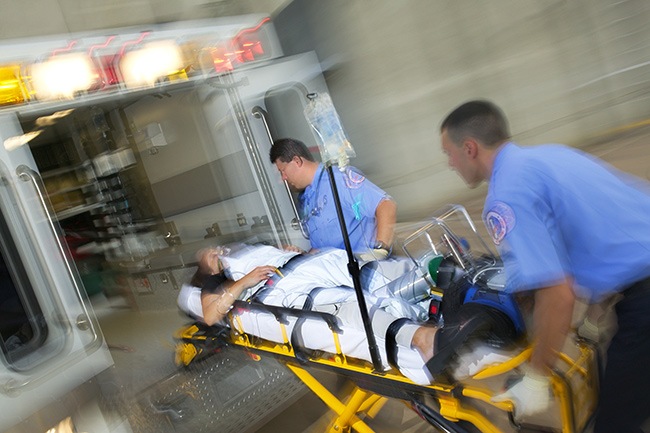
Burnout in paramedics: exposure to critical injuries among ambulance workers in Minnesota
Not many speak about the burnout in paramedics and there are few data on this aspect and on the exposure to critical incidents on the United States emergency medical services (EMS).
Burnout has been associated positively with turnover intentions and absenteeism in paramedics and ambulance workers. Given this, studies that uncover correlates of burnout may be integral to combating growing concerns around retention in the profession.
In order to proceed with this study, researchers administered a 167-item electronic survey that included the Maslach Burnout Inventory (MBI) and a modified version of the Critical Incident History Questionnaire (n=29 incident types) to paramedics, emergency medical technicians (EMTs), and dispatchers of a single ambulance service.
Why paramedics and ambulance workers suffer from burnout?
What we found is the presence of burnout as a high score on either the emotional exhaustion or depersonalization subscales of the MBI. Paramedics and ambulance workers who replied to these survey provided regular 911 response and completed the MBI portion of the survey were included in our analysis (190 paramedics/EMTs, 19 dispatchers; 54% response). The overall prevalence of burnout was 18%, with prevalence reaching 32% among dispatchers.
Pediatric critical incidents accounted for seven of the top eight rated most difficult to cope with, and severity ratings for pediatric critical incidents did not differ by parental status (all p>0.30). A significant number of respondents reported that they had been threatened with a gun/weapon (43%) or assaulted by a patient (68%) at least once while on duty. Being over the age of 50, a parent, or in a committed relationship was associated with reduced odds of burnout in unadjusted models; however, these associations did not remain statistically significant in multivariate analysis. Increasing tertile of career exposure to critical incidents was not associated with burnout.
Burnout in paramedics of Minnesota: conclusions
Medical dispatchers may be an EMS subgroup particularly susceptible to burnout. These data also demonstrate quantitatively that in this EMS agency, responders find pediatric critical incidents especially distressing and that violence against responders is commonplace. In this study, a simple measure of career exposure to potentially critical incidents was not associated with burnout; however, individual reactions to incidents are heterogeneous, and assessment tools that more accurately enumerate encounters that result in distress are needed.
EXPLORE
SOURCE

